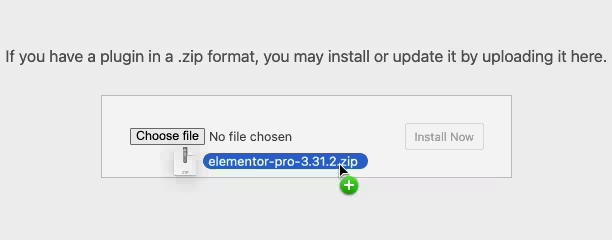Paid memberships pro | Vat Tax
Updated on: November 6, 2025
Version 0.8.4

Single Purchase
Buy this product once and own it forever.
Membership
Unlock everything on the site for one low price.
Product Overview
Simplify your membership management with the Paid Memberships Pro VAT Tax add-on. This powerful tool allows you to effortlessly handle VAT calculations for your membership subscriptions, ensuring compliance with tax regulations across different regions. Whether you're running a small business or a large organization, it streamlines the process, letting you focus on what matters most—growing your community. Plus, it integrates seamlessly with your existing Paid Memberships Pro setup, making it a breeze to implement. With this add-on, you can provide transparent pricing to your members, enhancing their experience while keeping your finances in check.
Key Features
- Automatic VAT calculations based on member location.
- Customizable tax rates for different countries and regions.
- Easy integration with Paid Memberships Pro for a smooth setup.
- Transparent pricing display for your members, enhancing trust.
- Comprehensive reporting tools to track VAT collected.
- Support for multiple currencies, making it ideal for international businesses.
- User-friendly interface for managing tax settings effortlessly.
Installation & Usage Guide
What You'll Need
- After downloading from our website, first unzip the file. Inside, you may find extra items like templates or documentation. Make sure to use the correct plugin/theme file when installing.
Unzip the Plugin File
Find the plugin's .zip file on your computer. Right-click and extract its contents to a new folder.

Upload the Plugin Folder
Navigate to the wp-content/plugins folder on your website's side. Then, drag and drop the unzipped plugin folder from your computer into this directory.

Activate the Plugin
Finally, log in to your WordPress dashboard. Go to the Plugins menu. You should see your new plugin listed. Click Activate to finish the installation.

PureGPL ensures you have all the tools and support you need for seamless installations and updates!
For any installation or technical-related queries, Please contact via Live Chat or Support Ticket.